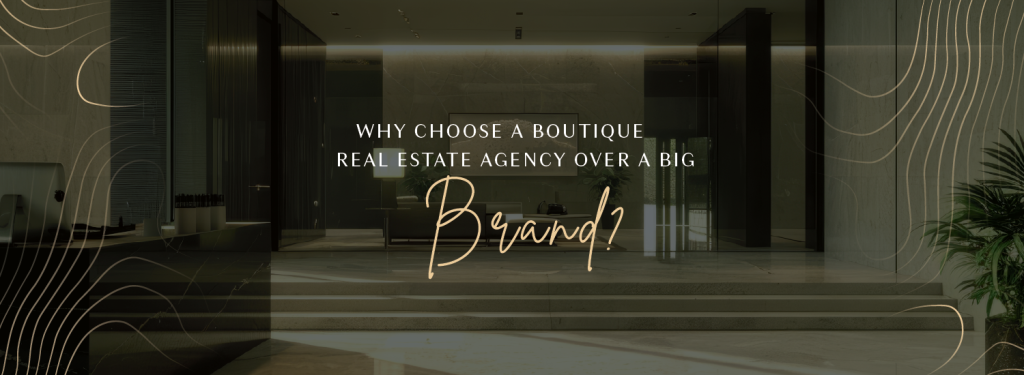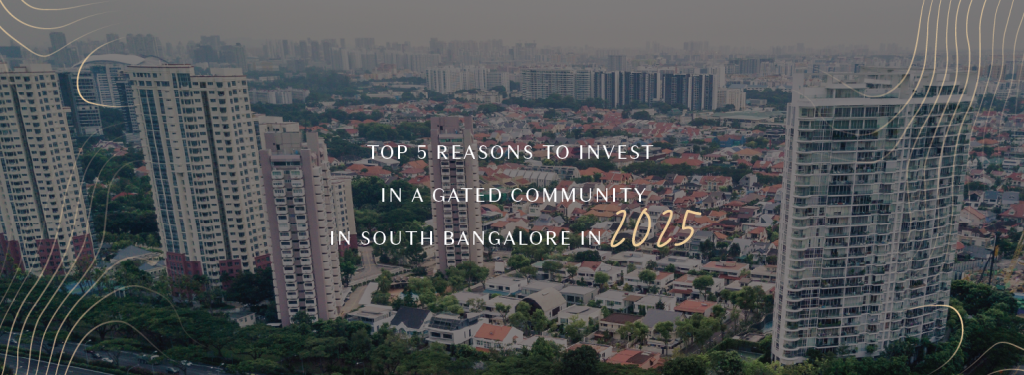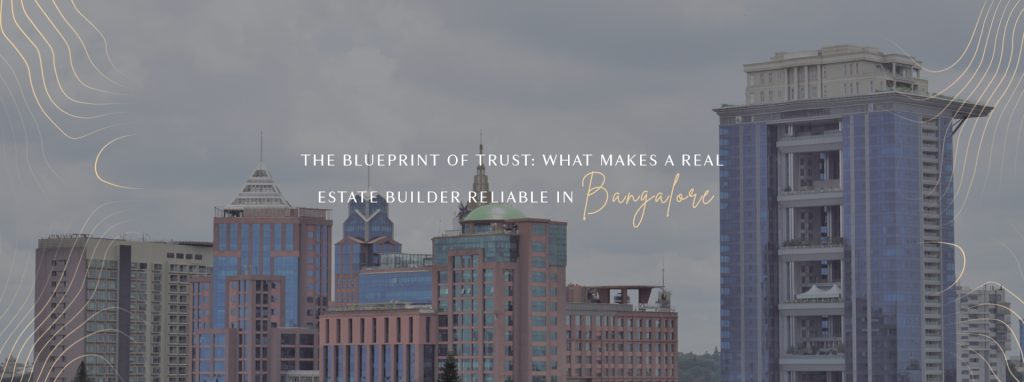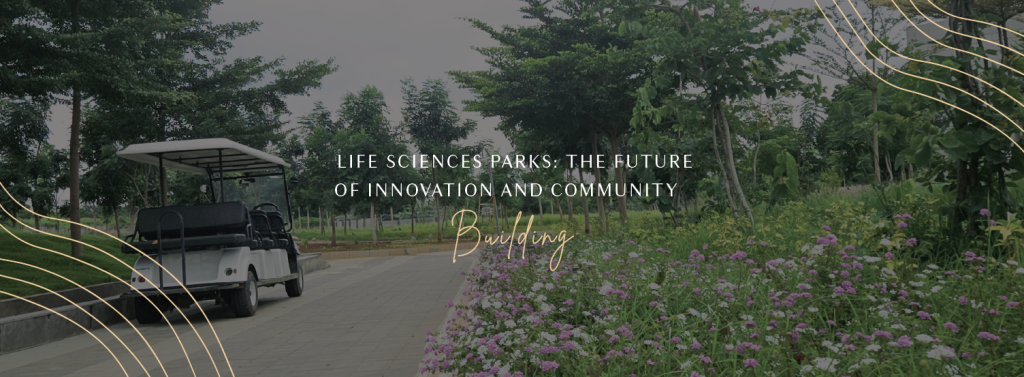
Why Choose a Boutique Real Estate Agency Over a Big Brand?
In an oversaturated market of developers, it can be tricky to find a builder who can bring your dream home visions to life. On one hand, having tailor-made answers to problems can be more useful than general solutions. At the same time, itu2019s important not to compromise on time or efficiency. Hereu2019s why a boutique real estate agency may be a better choice over big brands for your real estate requirements.
Quality Focused Development
As niche real estate agencies that cater to specific designs and styles, we prioritise quality development over large scale production. While undertaking a smaller number of projects, we pay close attention to every part of the process, ensuring that all deadlines are met and tasks are executed on time. Quality over quantity is more than a mantra to us; itu2019s a guiding principle when we work.
Often, real estate ventures are about the grand picture, but itu2019s also about the little details. A boutique real estate agency focuses on both, offering attention with a touch of care, so that all pieces of the puzzle fit together seamlessly at the end. When you invest in real estate, you arenu2019t just investing money u2013 youu2019re also investing time and energy, and weu2019re here to make your investment worth it.
Personalising the Process
Boutique realty agencies offer personalised real estate services depending on your needs. For example, parents of toddlers may opt out of balcony designs in their childu2019s bedroom, owing to safety concerns. One person may enjoy a biophilic design for their home, while another buyer may not, due to allergy reasons.A boutique firm offers you the flexibility to make decisions on your projectu2019s appearance, functionality and design. For prospective buyers who are keen on participating in the development of their dream homes, as well as commercial developers looking to build rental spaces, this is an excellent choice.
Along with this, a boutique real estate agency can connect you with local property experts in the area of your choice, offering you insight into the regional real estate market and what properties to invest in. These networks help you optimise your building processes and save on added costs. While navigating the real estate landscape in a city like Bangalore, having a helping hand goes a long way.
Instant Communication
With a boutique real estate agency, you can get instant access to timely updates, from your project managers to the senior team. This provides you with transparency and clarity at every stage. The best part? Marketing services are also optimised, with inputs from industry experts to ensure your project receives the care it deserves. Compared to big brands that streamline tasks while offering little insight into the process, boutique agencies make you a valuable stakeholder and take your feedback into consideration for every detail and decision.
Self-Sustainability
As a boutique firm, we are committed to building sustainable, enduring spaces. Environment consciousness is a necessity in this day and age, not just an added benefit. Ethical sourcing of materials and adhering to environment guidelines can make a huge difference in minimising our carbon footprint in the long run. Supporting local communities and artisans also matters, as we have to be responsive to the needs of our surroundings.
We value self-sustainability as a practice, incorporating green initiatives into all of our projects. Roachu2019s ventures are powered by solar power plants, energy-saving LED electricity, and recycled water, especially within the hospitality sphere. We believe that our responsibility to the planet comes first before anything else, and everything we build carries this central purpose.
The Roach Touch
At Roach Lifescapes, we build people-centric spaces. We donu2019t just transform land; we believe in personalising our approach, adding the Roach Touch to everything we do. Every space is curated with care and comfort, to transform the space into an extension of you. With 3 decades of experience in the industry, we know how to create experiences that last a lifetime.
Our work ranges from residential projects and commercial ventures to hospitality spaces and industrial design. As a brand and as people, we believe in creating lasting spaces of community, inclusion and upliftment. Whether itu2019s gated communities, coworking spaces or golf academies, weu2019re there to help.








